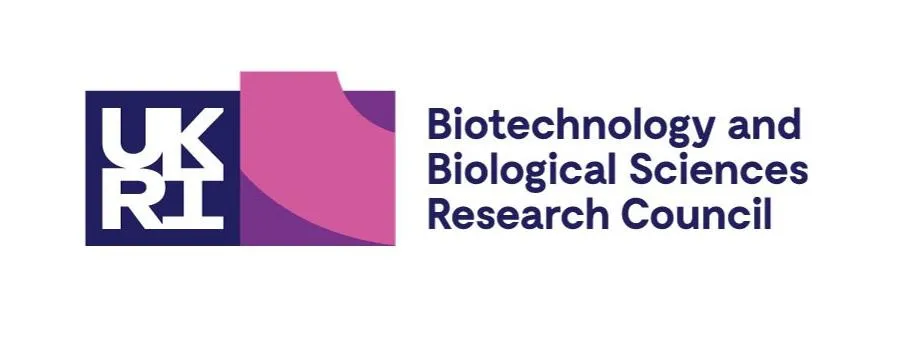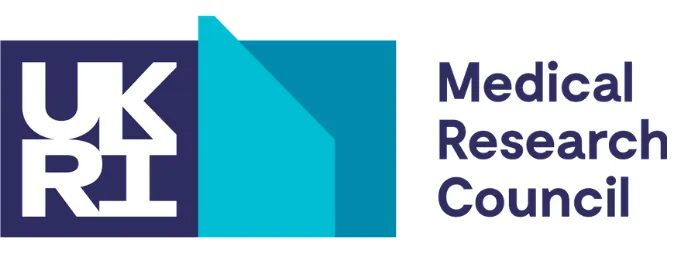The objectives of the Logan group are to understand the normal physiological processes of limb formation and homeostasis and how these events have been disrupted in diseases affecting the limb. We are focusing on two fundamental questions. What is the combination of factors that coordinate the recruitment of cells within regions of the embryo flank to form the emerging limb buds? And, secondly, how are differentiating cell types organised into distinct limb tissues and how do these tissues become integrated to form a functional musculoskeletal unit? We aim to develop regenerative strategies that can address the defects present in congenital limb abnormalities, tissue damage from trauma and to tackle the degenerative problems associated with ageing limbs.
Current PhD students
George Murphy
Sarah Brown
Our Partners

Biotechnology & Biological Sciences Research Council

Great Ormond Street Hospital for Children

The British Society for Surgery of the Hand


